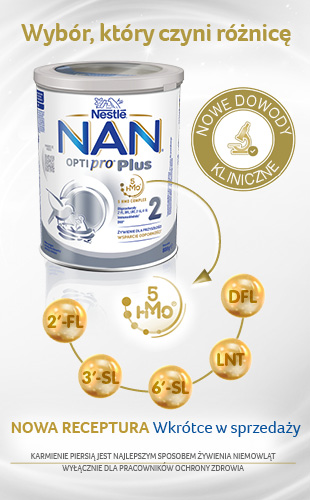Objaw Raynauda w wieku rozwojowym – aktualne rekomendacje
Słowa kluczowe / Keywords:
Streszczenie:
Objaw Raynauda (OR; ang. Raynaud phenomenon) jest częstym problemem internistycznym, a doniesienia naukowe i praktyka wskazują, że nierzadko także w opiece pediatrycznej. Dzieci z OR, zanim uzyskają właściwą poradę, kierowane są do wielu specjalistów. Celem artykułu jest przedstawienie aktualnych rekomendacji dotyczących postępowania u dzieci i młodzieży z OR. Podstawą rozpoznania są objawy kliniczne: nawracające, odwracalne zmiany koloru najczęściej palców rąk i stóp, wywołane ekspozycją na czynniki fizyczne lub emocjonalne. OR u dziecka może rozpoznać pediatra lub lekarz rodzinny. Ustalenie, czy ma postać pierwotną, czy wtórną, wymaga dodatkowych konsultacji, najczęściej reumatologa pediatry, i wykonania badań specjalistycznych. Ponieważ OR może być pierwszym symptomem poważnej choroby reumatycznej i na wiele miesięcy lub lat wyprzedzać inne objawy, pacjenci zawsze wymagają długotrwałej obserwacji.
Abstract:
Raynaud phenomenon (RP) is a common problem in internal medicine, but scientific reports and practice indicate that it is also not infrequent in pediatric
care. Children with RP are repeatedly referred to many specialists before they get the right advice. The basis for the diagnosis of RP are clinical symptoms: recurrent, reversible colour changes, most often to the fingers and toes, caused by exposure to physical or emotional factors. The aim of the article is to present current recommendations regarding the diagnosis and management of children and adolescents with RP. The basis for the diagnosis of RP are clinical symptoms: recurrent, reversible colour changes, most commonly affecting the fingers and toes, caused by exposure to physical or emotional factors. Raynaud’s symptom may be diagnosed by a pediatrician or family physician. Differentiation of the primary and secondary RP requires pediatric rheumatologist consultation and specialist tests. Because RP may be the first symptom of serious rheumatic disease and for many months or years ahead of other symptoms, patients always require long follow-up.


